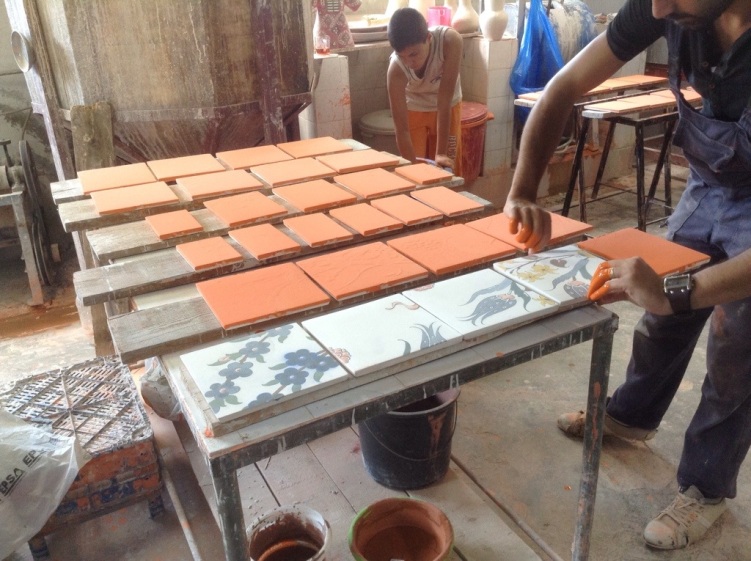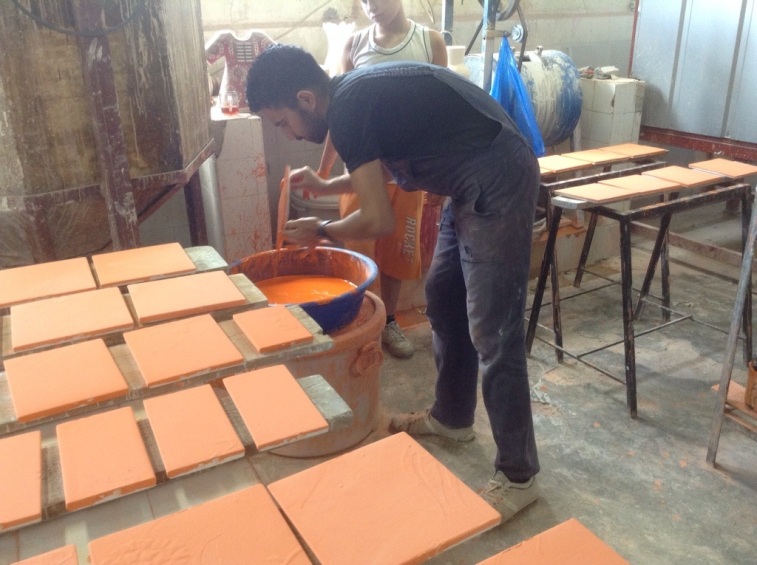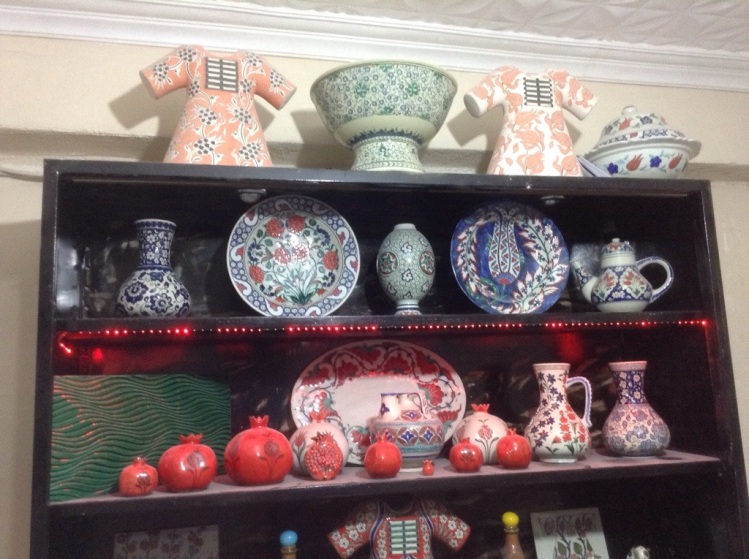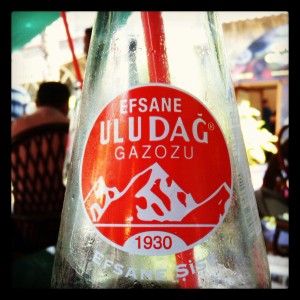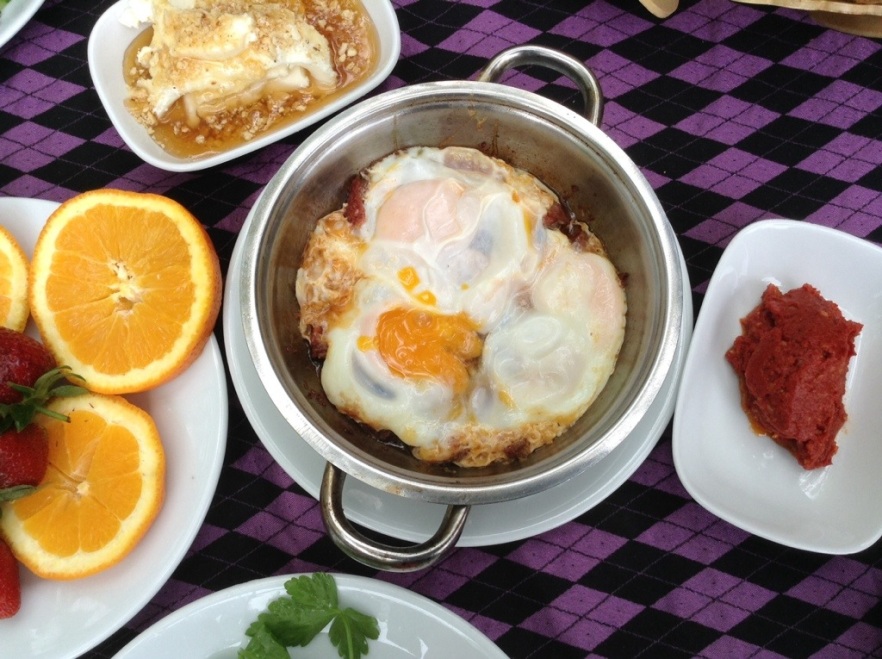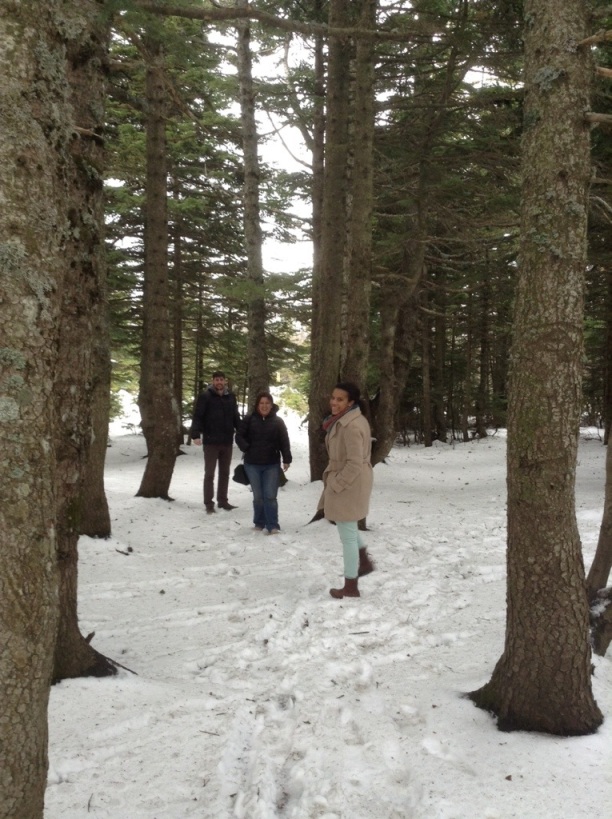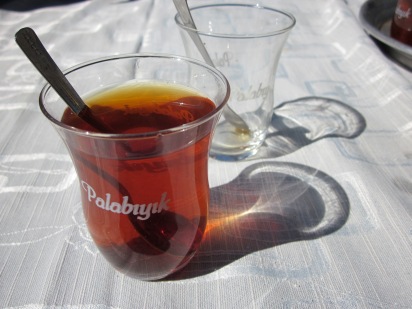One of the reasons I love Istanbul is because there is always something new to explore – a new neighborhood or a new restaurant – the possibilities are endless. Bursa, on the other hand, has always been a place of familiarity for me. I’ve memorized the bus and dolmuş routes, I know the downtown area like the back of my hand, and I don’t get the same sense of overwhelmingness that tends to befall me in Istanbul from time to time. In fact, I thought I had explored every nook and cranny of Bursa until I visited Yeniceabat village earlier this summer.
The village is discreetly tucked away behind Bursa’s otogar (bus depot) and despite all the times I took buses to Istanbul and Ordu, I never knew the village existed, and even more surprisingly, neither did Gurkan. We were in Bursa a few weekends ago for a mini-holiday, and we had plans to visit our good friend Cat who is leading this year’s NSLI-Youth program – a program which I led in 2012 and I highly recommend to any American high school students aspiring to learn Turkish or other critical need languages.
Cat was taking her students on a field trip to nearby Iznik (Nicaea), and on the way out of Bursa, they had planned to stop at an Iznik tile workshop in Yeniceabat. After perusing a map, Gurkan and I were surprised to find ourselves only a five minute drive from Yeniceabat – we had been having coffee at Anatolium waiting for Cat’s call. We headed out to the village and despite it’s deserted appearance, we found it was home to not just one, but three different tile workshops. One of the NSLI-Youth drivers met us on the main village road, jumped in the car and directed us to the correct workshop (take a right at the kiraathane located on the main village road).
When we arrived, the workshop was bustling with activity. One group of students was milling around outside chatting, another was hand painting tiles in the workshop, and still another was preparing for a tour of the kiln room. Gurkan and I chatted with one of the artisans and saw how the tiles were glazed and fired. We learned that the workshop uses quartz which is more difficult to work with (it shrinks when fired and needs to be done in small batches) but of higher quality than the material most workshops use.
I noticed the workshop had a small showroom off to one side, and Gurkan managed to persuade one of the workers to let us have a look inside. It was a very small space but had pottery stacked in all corners and spread across the floor. On some of the pieces, we were surprised to find Paşabahçe – one of my favorite Turkish home goods store – written underneath. According to the worker, the workshop sells their items to Paşabahçe which in turn sells them in their retail locations at three times the price. Although I would have loved to fill up a whole box to take back with me to Istanbul, I used my discretion and ended up purchasing just a couple pieces for wedding gifts.
Afterwards, Cat and I talked with one of the workers who I assumed was the owner about the possibility of returning in the fall for informal classes for just the two of us. At first, he seemed hesitant – the art of making tiles isn’t just a hobby, something you can learn over a few days he said – but he softened up as the day went on. Maybe Cat and I will get our very own private Iznik tile class after all.
